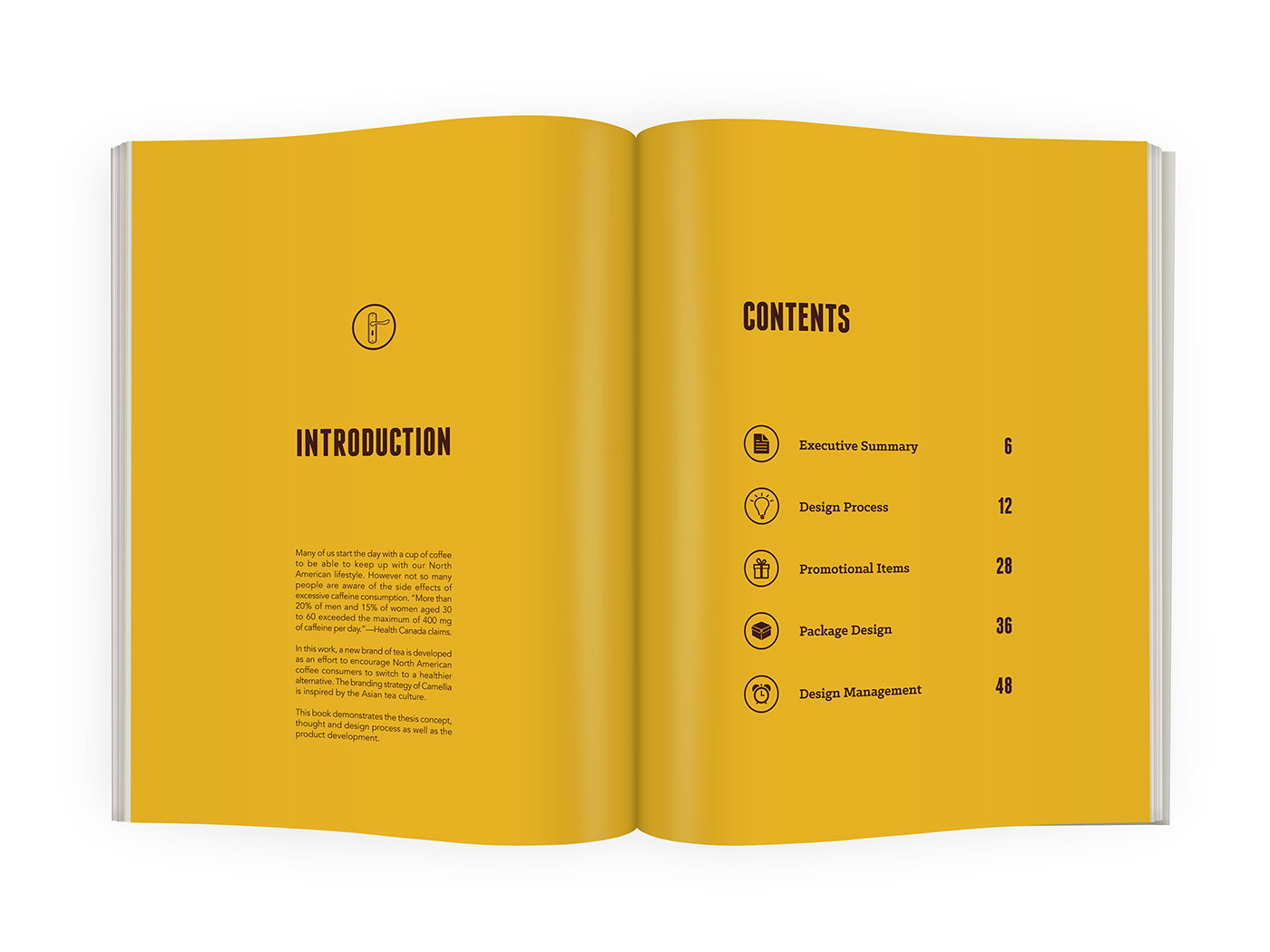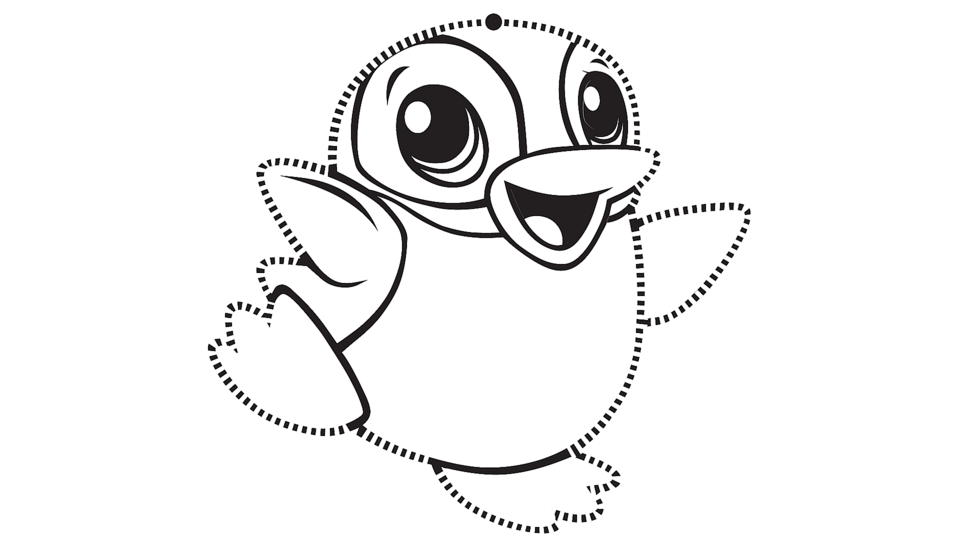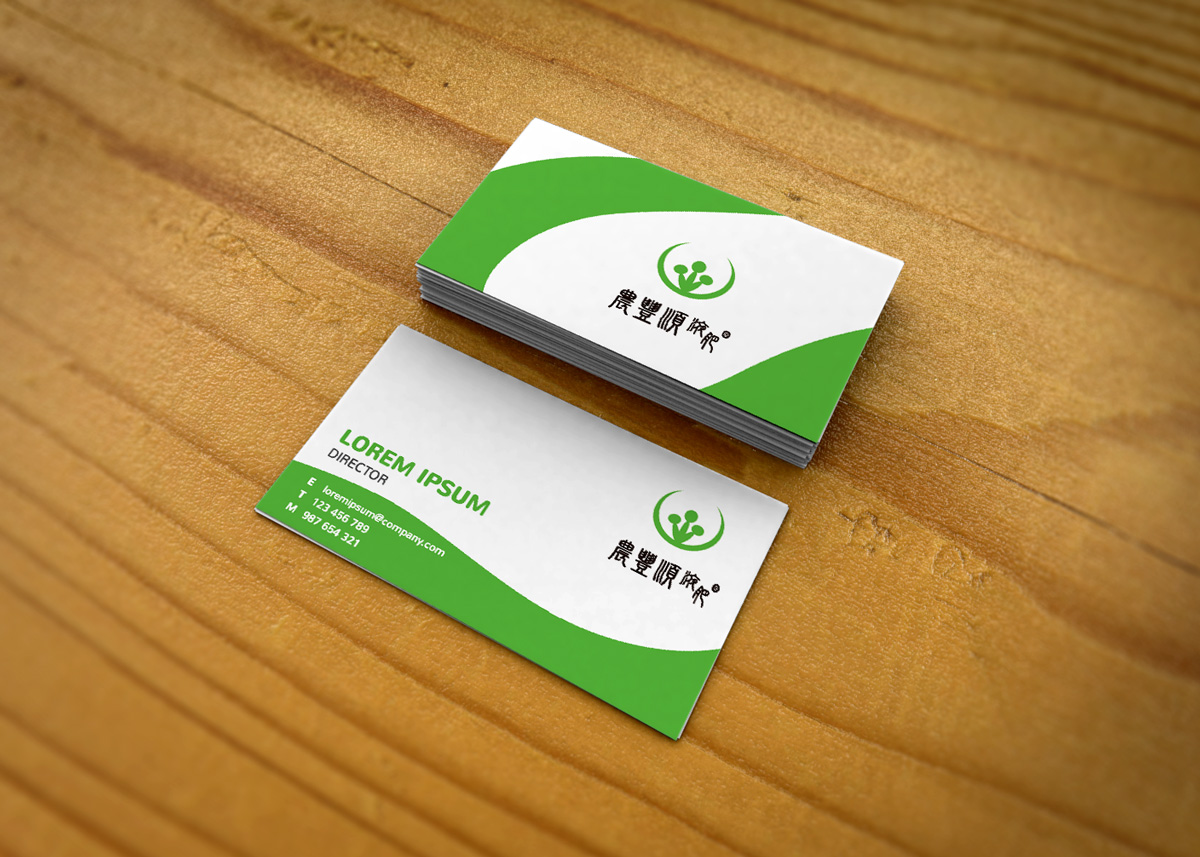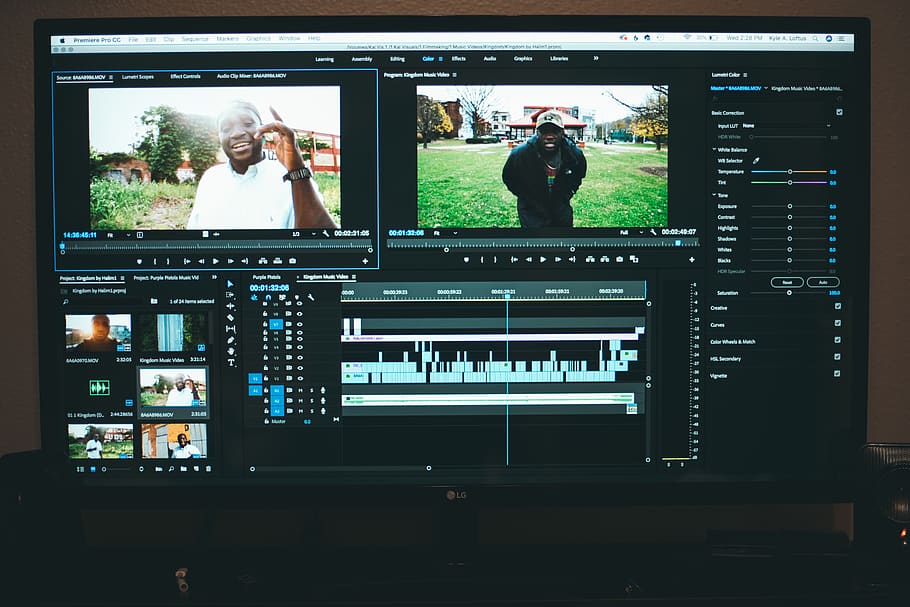Graphic Designing
Graphic design is a creative field that involves creating visual content to communicate messages, ideas, or information. Graphic designers use a combination of typography, imagery, color, and layout principles to design various types of visual materials.
The choice of fonts (typefaces), their size, spacing, and arrangement are crucial in graphic design. Typography plays a significant role in setting the tone and readability of a design.
Graphic designers use images, typography, colors, and layout to convey messages and information visually. They aim to make complex ideas or concepts easily understandable through visual elements.
OUR Graphic Designing Services
About Graphic Design
Graphic designers possess a combination of creativity, technical skills, and a deep understanding of design principles. They collaborate with clients and often work in teams to bring their creative visions to life.
Typography: The selection and arrangement of fonts (typefaces), font sizes, spacing, and line heights are fundamental in graphic design. Typography sets the tone, enhances readability, and communicates the message.
Color Theory: Understanding color psychology and how different colors work together is essential. Color choices can evoke emotions, convey meaning, and create visual harmony or contrast.
Layout and Composition: The arrangement of visual elements on a page or screen is vital for creating an organized and aesthetically pleasing design. Balance, alignment, and visual hierarchy are critical aspects of layout.
Imagery and Illustration: Graphic designers work with images, photographs, illustrations, icons, and other visual elements to enhance and complement their designs. They may edit and manipulate these visuals to achieve specific effects.
White Space: Also known as negative space, white space is the empty area around design elements. Effective use of white space helps improve readability and focus the viewer’s attention.

Logo Design
Logo design is the art of creating a unique and visually compelling symbol that represents a brand, company, or organization.

Book Design
Book design is the creative process of crafting the visual and typographic elements of a book.

Vector Tracing
Vector tracing is the process of converting a raster or bitmap image (composed of pixels) into a vector graphic (composed of paths and curves).

Business card
A business card is a small, portable card that typically contains essential contact information for an individual or business.
Photography and Image Editing & Illustration
Illustration is a creative discipline within the broader field of graphic design and visual arts. It involves creating visual representations of ideas, concepts, stories, or subjects through various techniques and styles.

Photo Manipulation
Photo manipulation is a digital art form that involves altering or enhancing photographs to create visually compelling or imaginative images. It's a technique that can range from subtle enhancements and corrections to complex and surreal transformations.

Image Retouching
Image retouching is a digital editing process used to enhance or improve the appearance of a photograph. It's commonly employed in professional photography, fashion, advertising, and beauty industries to make images look more polished and appealing.



Digital Illustration
Digital illustration is a form of visual art created using digital tools and software. It allows artists to create a wide range of visual content, from fine art to commercial graphics, using digital devices such as graphics tablets, stylus pens, and computers. Digital illustration offers various advantages, including flexibility, ease of editing, and the ability to produce both 2D and 3D artwork

Vector Illustration
Vector illustration is a style of digital art and design that involves creating images using vector graphics software. Unlike raster or pixel-based images, which are composed of individual dots (pixels), vector illustrations are created using mathematical formulas that define shapes, lines, and colors.
